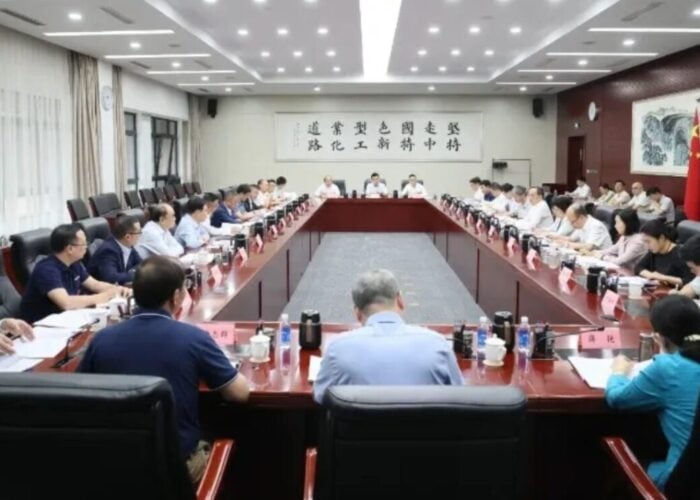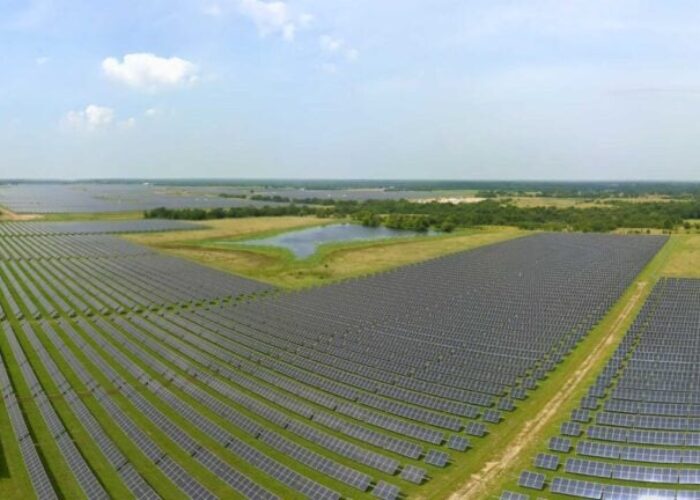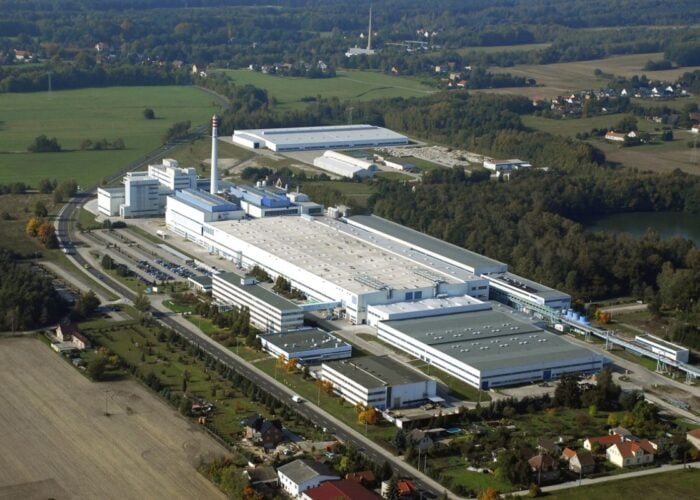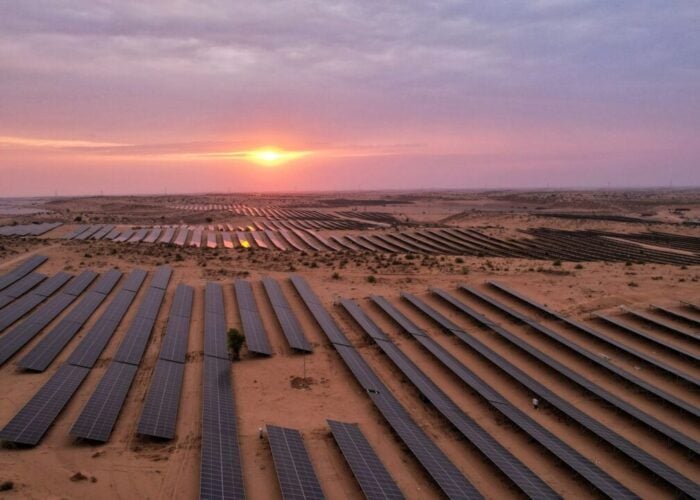Advent Solar has teamed with Arizona State University to develop next-generation Emitter-Wrap Through (EWT) back-contact cell and Monolithic Module Assembly (MMA) technologies, which form the core aspects of Advent Solar’s cell-to-module architecture. Advent Solar is placing engineering staff at SkySong, ASU’s Center for Innovation in Scottsdale.
“With Ventura Technology, Advent Solar has created a development path to significantly improve the efficiency and cost metrics of solar technology at both the cell and module levels,” said Peter Green (pictured), President and CEO of Advent Solar. “We are excited about working closely with Arizona State University to further expand the capabilities of Ventura Technology and create innovative approaches to meet the challenges facing the solar industry.
Unlock unlimited access for 12 whole months of distinctive global analysis
Photovoltaics International is now included.
- Regular insight and analysis of the industry’s biggest developments
- In-depth interviews with the industry’s leading figures
- Unlimited digital access to the PV Tech Power journal catalogue
- Unlimited digital access to the Photovoltaics International journal catalogue
- Access to more than 1,000 technical papers
- Discounts on Solar Media’s portfolio of events, in-person and virtual
“Arizona State University’s prominent team of scientists and engineers are committed to developing the next-generation of solar energy technology to improve power efficiency and the economic feasibility of renewable energy,” said George Maracas, acting Director and Chief Operating Officer of the Solar Power Laboratory at Arizona State University. “By working with Advent Solar, we will not only be able to further our technology development goals, but also stimulate economic development in the Southwest region around renewable energy technology.”
Last week, Advent Solar claimed that its ‘Ventura’ technology has reached 18.2% efficiencies on mainstream 156mm mono silicon wafers; 17.2% on 156mm multicrystalline wafers; and 16.56% on 156mm UMG wafers. The former PV module start-up is now involved in licensing its technology.







